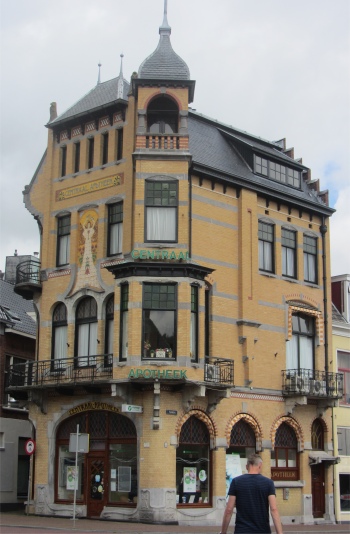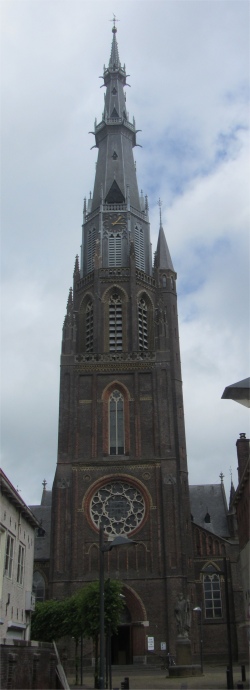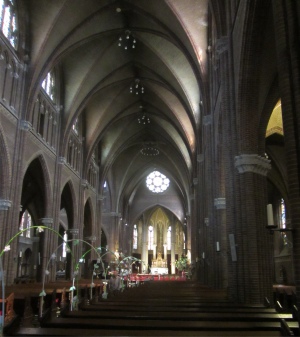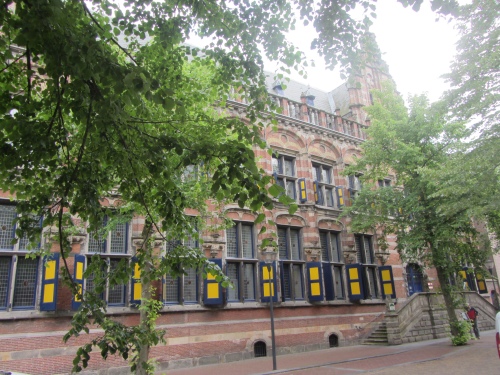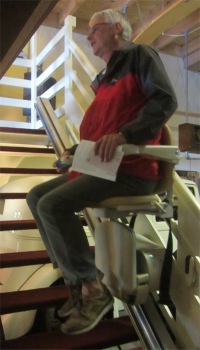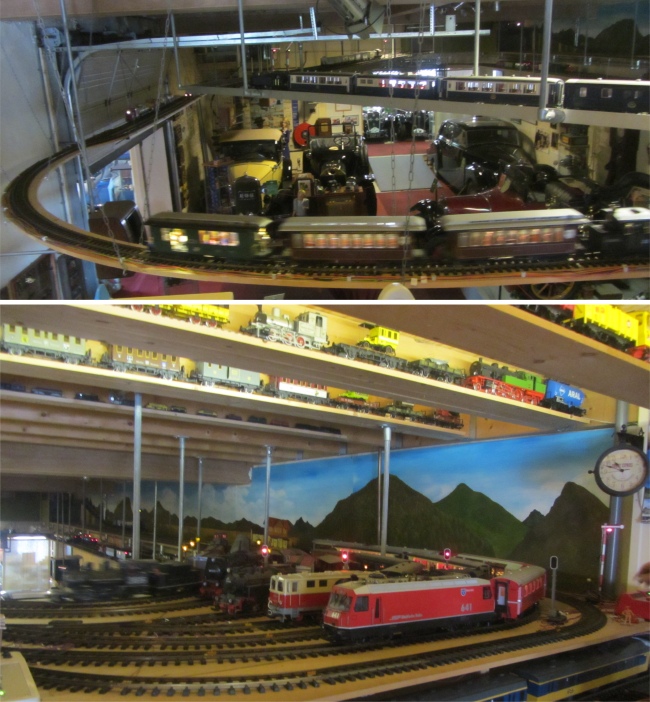 Carved Wooden Shirt at Art Fair |
This university city is the capital of Friesland and one of the historical eleven cities. Leeuwarden developed out of three terp or hill settlements that originally stood on an expanse of water known as the Middelzee. These merged in 1435 and were granted a municipal charter. Thereafter the town grew into an important trading centre. With the silting up of the Middelzee, however, the town lost its harbour and became instead an agricultural market town and the chief centre of the Ostergos region. From 1524 to 1580 the town was the seat of the Habsburg Stadholder, who was succeeded from 1584 to 1747 by Stadholders of the Nassau-Dietz family. In the 16th-18th centuries Leeuwarden was famed for its fine gold and silverware. Nowadays Leeuwarden is a modern city with a mostly 16th century city centre, with many canals and city walls (the structure of the city walls looks like a diamond) and museums. The city has a laidback provincial air, its centre a haphazard blend of modern glass and traditional gabled terraces overlooking canals. It perhaps lacks the concentrated historic charm of many other Dutch cities, but it's an amiable old place.
We marched up to Wilhelminaplein where we found an art fair set up. Here a large range of arts and crafts stalls were lined up covering a range of styles in painting, drawing, sculpture, textiles and photography. Rex was particularly taken by one old man's pen and ink drawings of trees. Another chap was selling wooden construction kits for tractors, steam engines, wagons, trams etc. Some artistic styles intrigued me, others left me cold. I chatted to one lady whose style I appreciated, and learned she had come all the way across from the German border to exhibit her art at her stall.
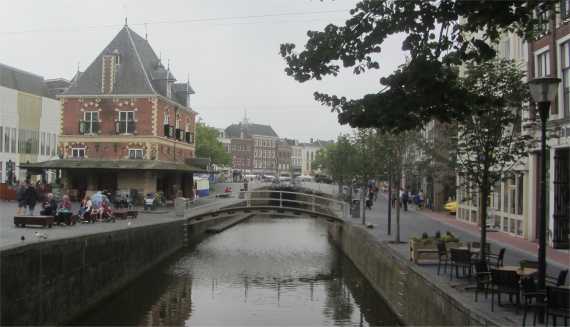 De Waag on Waagplein |
 "Us Heit" (Our Father), Frisian Governer Willem Lodewijk 1560-1620 |
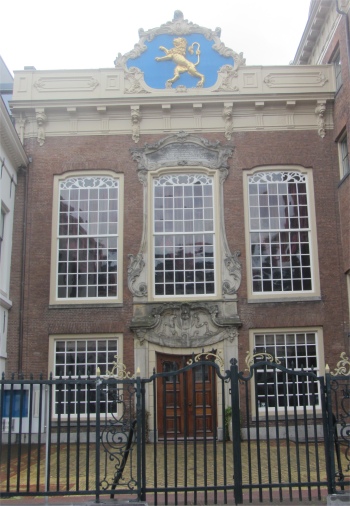 Stadhuis |
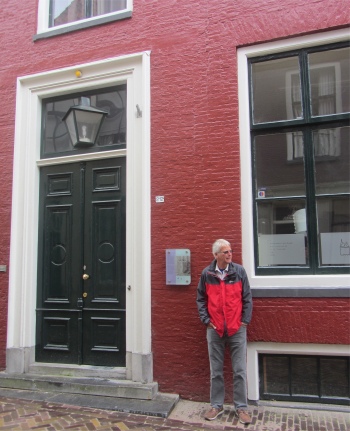 Rex Loitering with Intent outside Mata Hari's House |
In Paris, years later, in 1905, Margareet became the exotic dancer Mata Hari. Six months after making her debut she was already internationally known and a much-requested courtesan. However, in 1917 her (alleged) activities as a spy proved fatal to her. At the age of 41 years, she was shot by a French army firing squad just outside Paris.
A short way along from the house stood The Grote of Jacobijnerkerk, the High or Jacobean Church. Around 1245, a Dominican monastery was erected on the north-east edge of the terp Nijehove. Shortly after 1264, a church was built. In 1310 the north aisle was completed, but it was destroyed by a fire in 1392.
The building was reconstructed and in the 15th century the place of worship was expanded with three side chapels on the south side and a full bay on the west side. Around 1500, the church received a spire and another few years later a sacristy was built in the south-west corner.
In 1580, the church became the cathedral for Leeuwarden. Many elements reminiscent of the Catholic service were removed or plastered over. The only thing left of the original monastic complex is the "Sexton's house", north of the church. The interior of the choir is decorated with leaded windows which illuminate the history of the houses of Nassau-Dietz and Oranje-Nassau. The gallery from 1695, an elevated seat for the Stadtholder, the crypt (1588) and monument are reminders of the Frisian Nassaus. The pipe organ, built between 1724-1727 by Christain Muller, also adds to the splendid interior.
In the past, many distinguished citizens had their own Seats in the church, the same was true for the Stadtholder and his following. In 1695, the city council gave Hendrik Casimir II permission to build a covered gallery. This "royal" gallery was put back in its original location in 1977, opposite to, and higher than, the pulpits.
In 1588, Willem Lodewijk obtained permission to inter his wife Anna van Oranje, who passed away at an early age, in the choir of the church. In 1591, the Stadtholder erected a mausoleum of black marble on top of the crypt. He was later given his own monument: an alabaster statue of the kneeling Stadtholder, with the symbolic figures of "Perseverance" and "Providence" beside him. Until 1696, the crypt in the choir was used as a final resting-place for the Frisian Nassaus. Afterwards, the supulture north of the choir was used. During the revolutionary insurrection of 1795, this heritage site was badly vandalised.
In 1948, a new entrance to the crypt and a new tomb in memory of Anna van Oranje were created. The monument of Willem Lodewijk now adorns the walls of the church as a grisaille with the escutcheons of the Stadtholder's family.
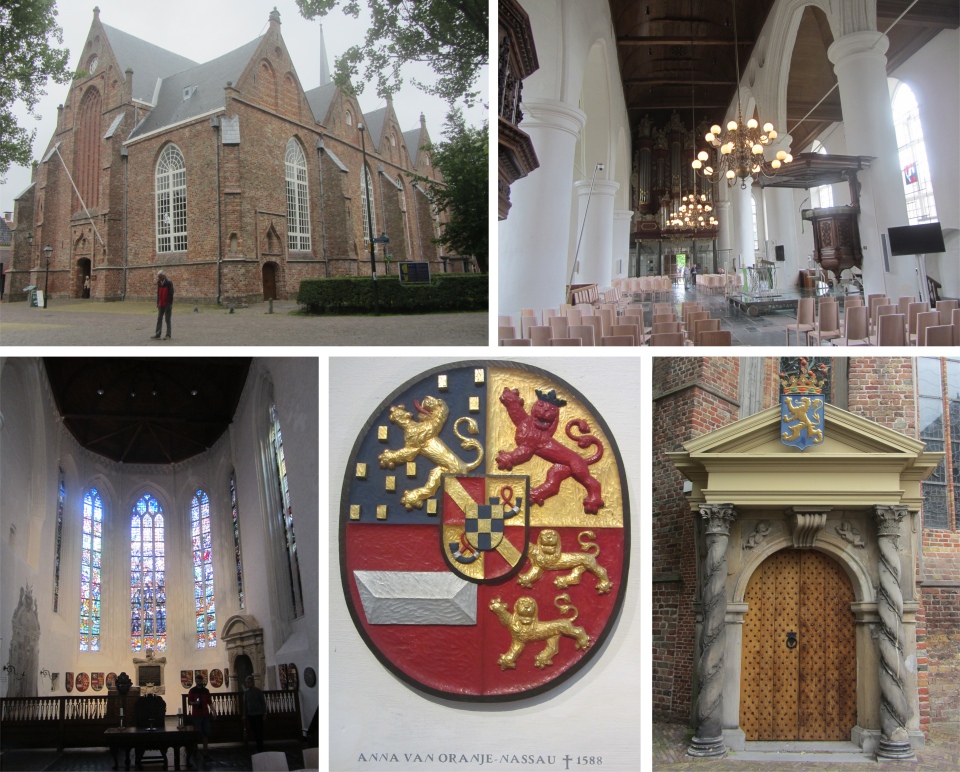 The Grote or Jacobijnerkerk |
The monument was unveiled on 11th May 1987, 42 years after the liberation. It commemorates the tragedy of the persecution of the Jews from 1940-45 that cost the lives of six million Jews in Europe and brought an end to the centuries of Jewish life in the capital of Friesland. The monument is an enlarged version of a mezuzah, the small rolled scroll with a biblical text that pious Jews nail to their doorposts.
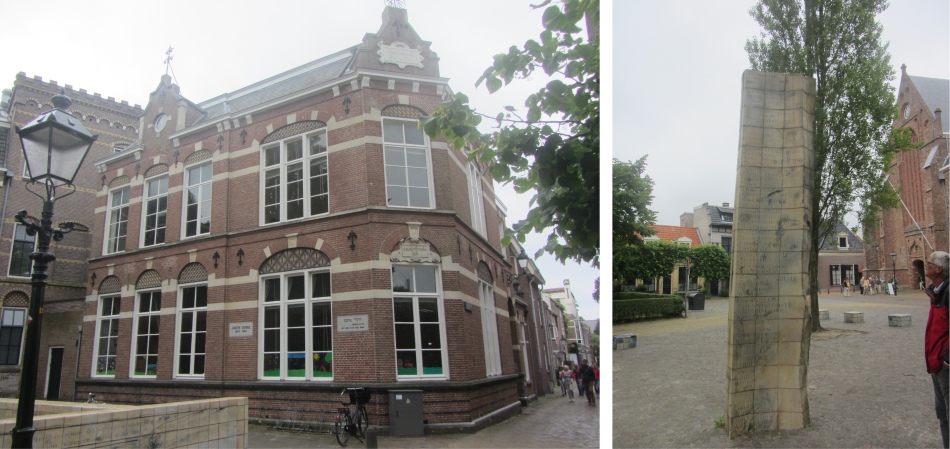 Jewish School and Jewish Monument |
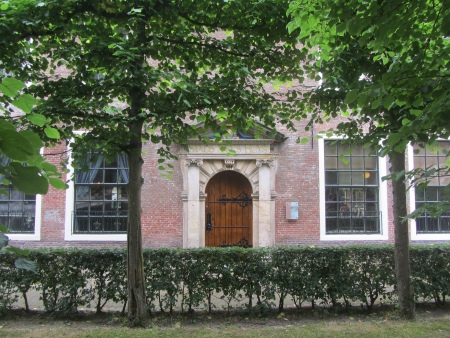 Nieuwe Stadsweeshuis |
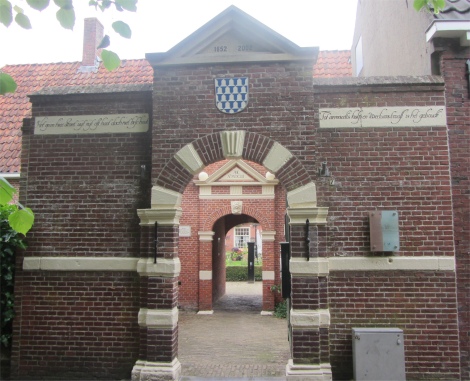 Gateway to Boshuizen-Gasthuis |



